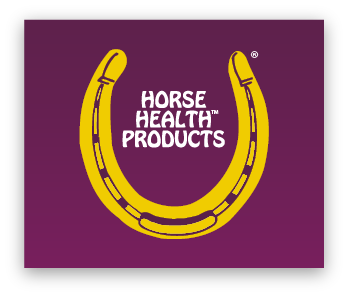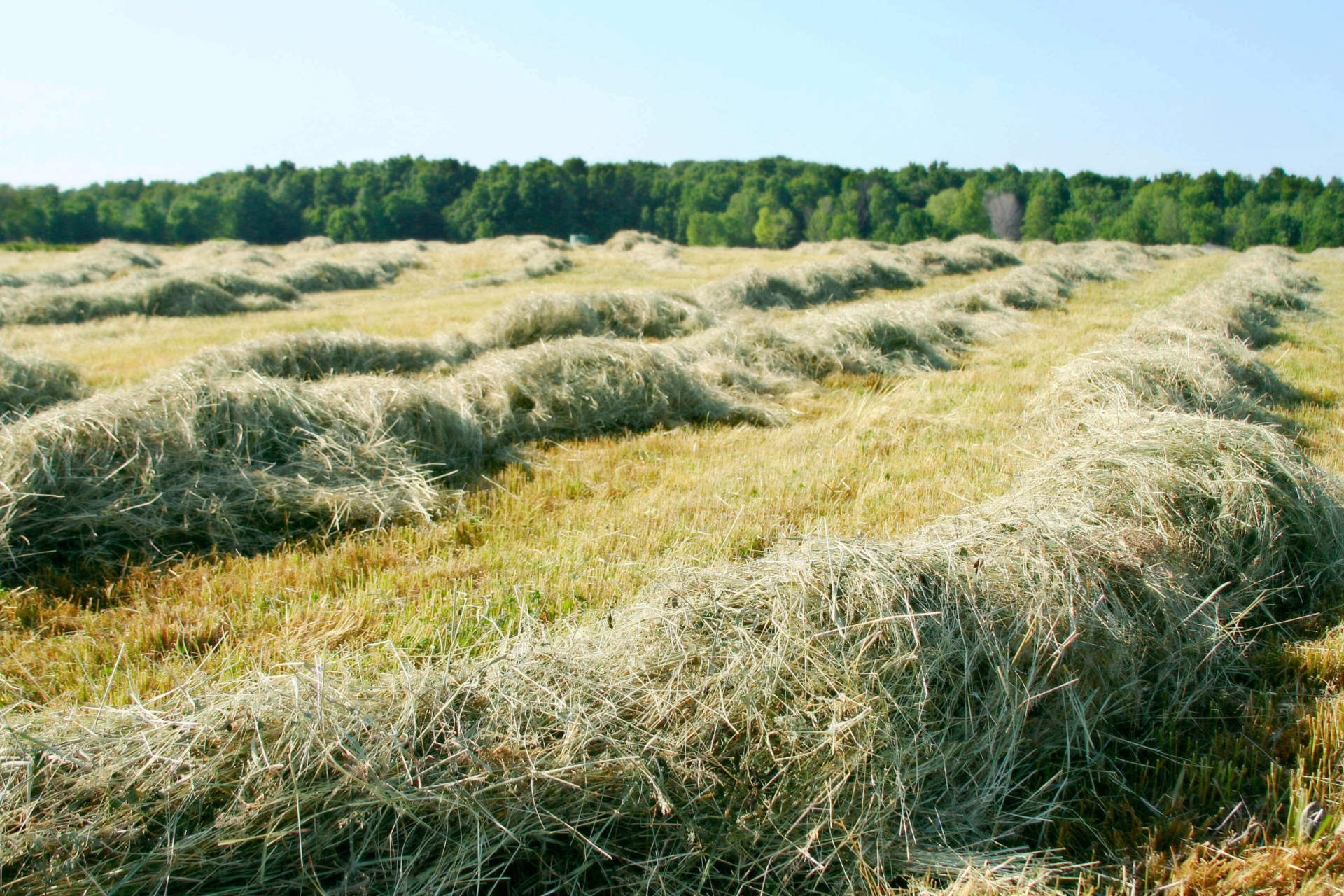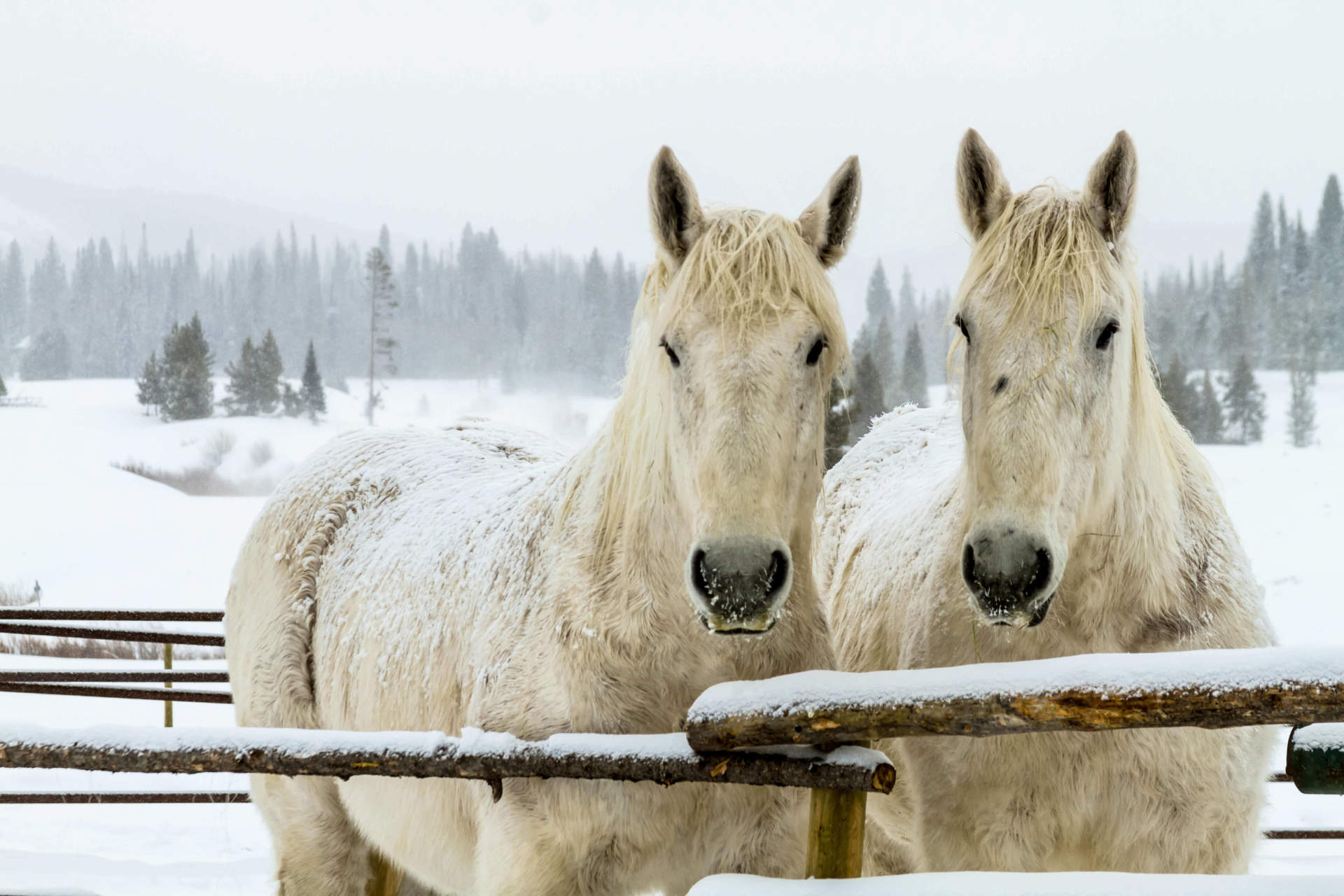Feeding the Growing Horse
Proper nutrition of the foal and growing horse plays a vital role in the health and performance throughout their life. The importance of good prenatal nutrition in the mare was previously discussed in the Feeding and Management of the Broodmare article. Milk production by a well-fed mare will meet the nutrient requirements for the first 6 to 8 weeks of the foal’s life. During this time, the foal usually begins to nibble on some solid feed such as grain or hay/pasture. After about 8 weeks, the mare’s milk production cannot keep up with the increasing nutrient needs of the growing foal and a grain mixture (creep feed) should be added to the feeding regimen. By feeding the mare a grain mixture designed for the growing foal, it eliminates the need for multiple feeds and helps prevent potential mix-ups. It is better not to free-choice the amount of creep feed in order to minimize growth problems and support a more consistent growth rate before and after weaning.
Weanlings
Weaning usually occurs somewhere around 120 to 180 days of age. During this stressful time, feed intake may decline and stay down for several weeks. However, having the foal on a creep ration before weaning might shorten this time period, as well as, help to decrease the chance of digestive upsets because he will already be accustomed to the feed. Since the digestive tract of the weanling is less developed than mature horses and the capacity for roughage is reduced, it is advisable to supply about 65% of the diet from grain and 35% from roughage. Quality feeds formulated for growth will have the proper nutrient ratios to optimize skeletal development without adding excessive energy, resulting in foals with too high of a Body Condition Score. Feeding individual cereal grains without proper nutrient supplementation may not provide sufficient protein, minerals or vitamins to the foal and may cause problems related to skeletal development. Depending on their expected mature size, most weanlings are about 90% of their mature height, but should only be about 45% of their expected mature weight.
Yearlings
Yearlings and long yearlings are usually maintained on pasture and separated into groups by sex, size or even aggressiveness. The diet for these horses is usually composed of 50% grain mix and 50% roughage. Continue to feed a quality grain mix formulated for growing horses. To minimize issues often associated with changing feeds, it may be easier to remain on the same feed offered to them as weanlings. Yearlings are usually 90% to 95% of their mature height and about 70% of their mature weight, depending on breed and expected mature size.
Foal nutrition takeaways:
- Ensure proper prenatal nutrition in the mare.
- If possible, give feeds designed for the growing horse to the mare as creep feed.
- Limit creep feed vs. free choice.
- It is better to feed products designed for growing horses than individual cereal grains unless adequate supplementation is provided.
- Monitor growth rates on a monthly basis. Use a weight tape and wither stick.
- Learn and apply Body Condition Scoring as they grow.
- Ensure adequate exercise for all stages of growth.
- Follow feeding directions for the appropriate class of horses you are feeding. For example, a long yearling that is being worked requires nutrients to first, maintain their current body condition, plus added nutrients required for growth and for the amount of work they are doing.
Proper nutrition during these formative years is critical for the long-term success of the foal, regardless of the future use.
E-mail Signup
Sign up for our newsletter to get helpful horse care tips, product updates, special offers and more.
Subscribe

